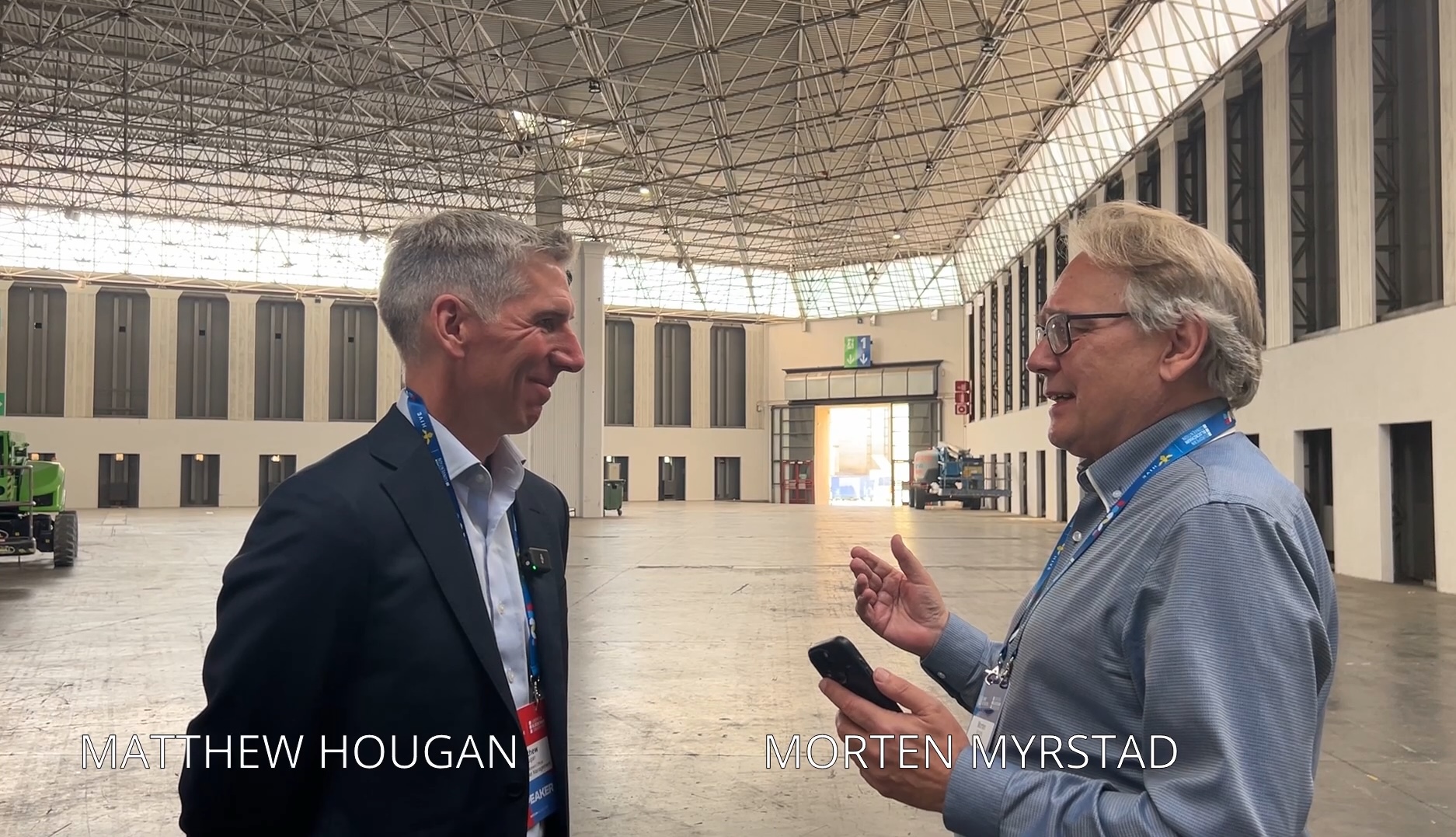Bitwise CIO Matthew Hogan says the launch of Bitcoin ETFs in the U.S. marks just the beginning of a long-term expansion in institutional crypto adoption, with global regulation, tokenization, and DeFi driving the next wave of growth.

During the European Blockchain Convention (EBC) in Barcelona, Kaupr interviewed Bitwise CIO Matt Hougan about the rapid institutional adoption of Bitcoin ETFs, Europe’s competitive edge, and the resilience of decentralized finance. Below, you can watch the full video interview as well as read the key takeaways from the conversation.
Bitwise, founded in 2017, initially attracted around $1 billion in assets from institutional investors. Since the approval of U.S. Bitcoin ETFs, that figure has soared to $15 billion. Hogan says the ETFs not only simplified access for institutions but also gave crypto a new level of regulatory legitimacy. “Put those together, and you get enormous growth,” he explained.
While Europe’s crypto ETPs have been available for years, Hogan believes U.S. approval was crucial to unlocking global confidence. “As the world’s largest capital market, the U.S. matters to everyone,” he said. “If crypto is to penetrate global finance, it needs the U.S. on board.” He expects both regions to benefit as the ecosystem expands.
Hogan sees the future of digital assets as a multilayered space catering to varied investor needs. From leveraged treasury vehicles to index-based ETPs and tokenized hybrid funds, each structure attracts different profiles—retail, institutional, and sovereign. “The key is access,” Hogan noted. “Now everyone can participate their own way.”
Retail investors have led crypto adoption, but the institutional mix is rapidly changing. When ETFs launched, institutions represented just 10% of holdings. Today they account for 28%, and Hogan expects that figure to surpass 50% within a few years. “Eventually, we’ll see 60–70% institutional participation,” he said.
Despite explosive first-year inflows, Hogan dismisses any notion that the ETF boom was a one-time event. Drawing parallels with gold ETFs, he expects consistent momentum. “In ETF history, year two is always bigger than year one,” he said. Bitwise projects U.S. inflows to rise from $36 billion last year to as much as $60 billion next year.
Commenting on the recent market correction, Hogan pointed to excessive leverage as the cause but said long-term investors barely noticed. “Our ETF closed Friday at $117,000 and opened Monday at $115,000—that’s a normal move,” he said. The selloff hit short-term traders harder, but the underlying fundamentals of Bitcoin remain strong.
The market stress tested both centralized and decentralized systems—and DeFi came out ahead. “Decentralized exchanges performed better because they’re built for the toughest environments,” Hogan observed. He sees this as validation of the decentralized model as crypto infrastructure evolves.
Hogan remains firmly bullish. With record global liquidity, rising gold prices, and mounting concerns over fiat debasement, he believes institutional allocation to Bitcoin and DeFi will accelerate. “This is just the start of a multi-year story,” he said. “The crypto market is maturing fast, and we’re only in the early innings.”